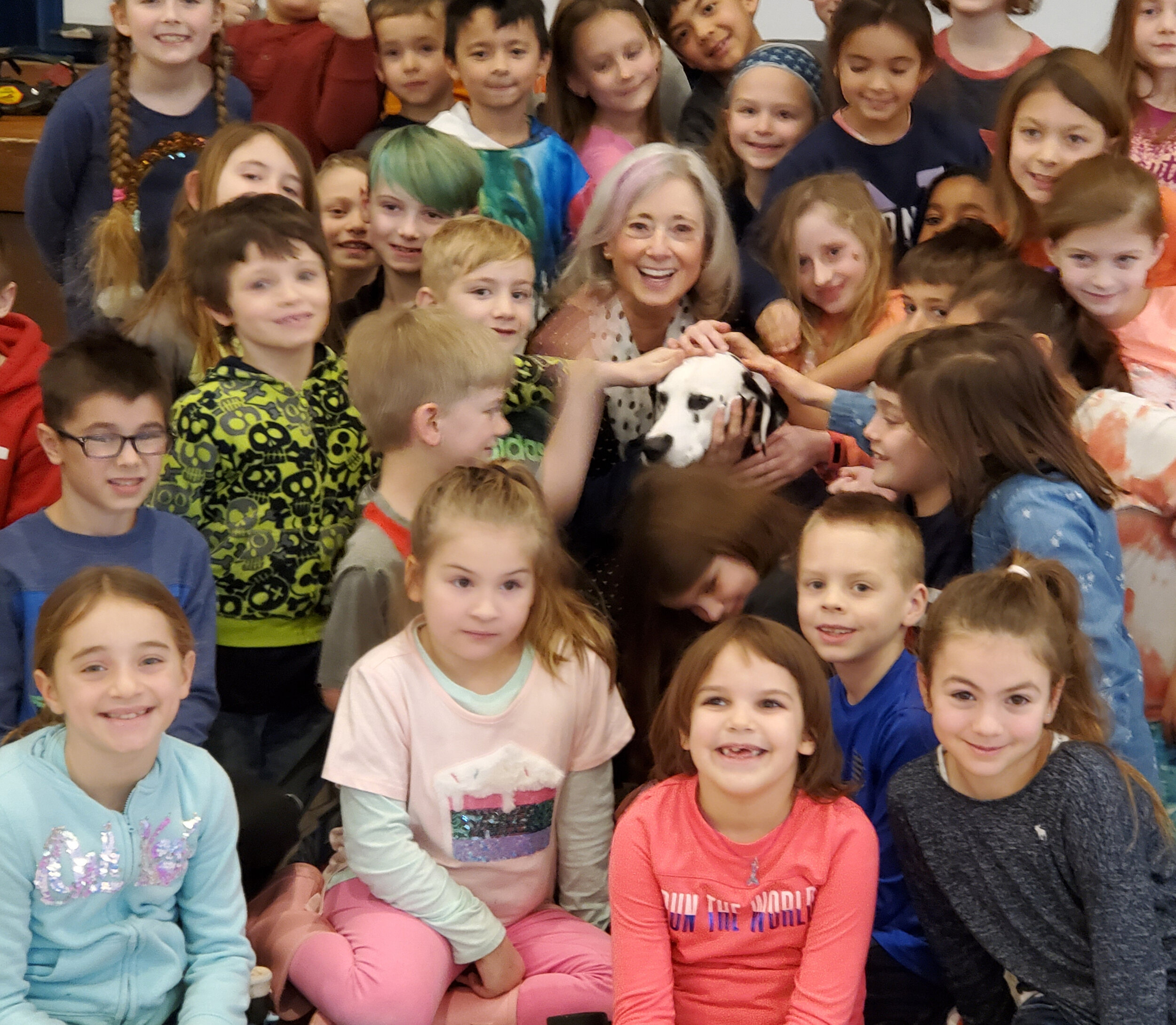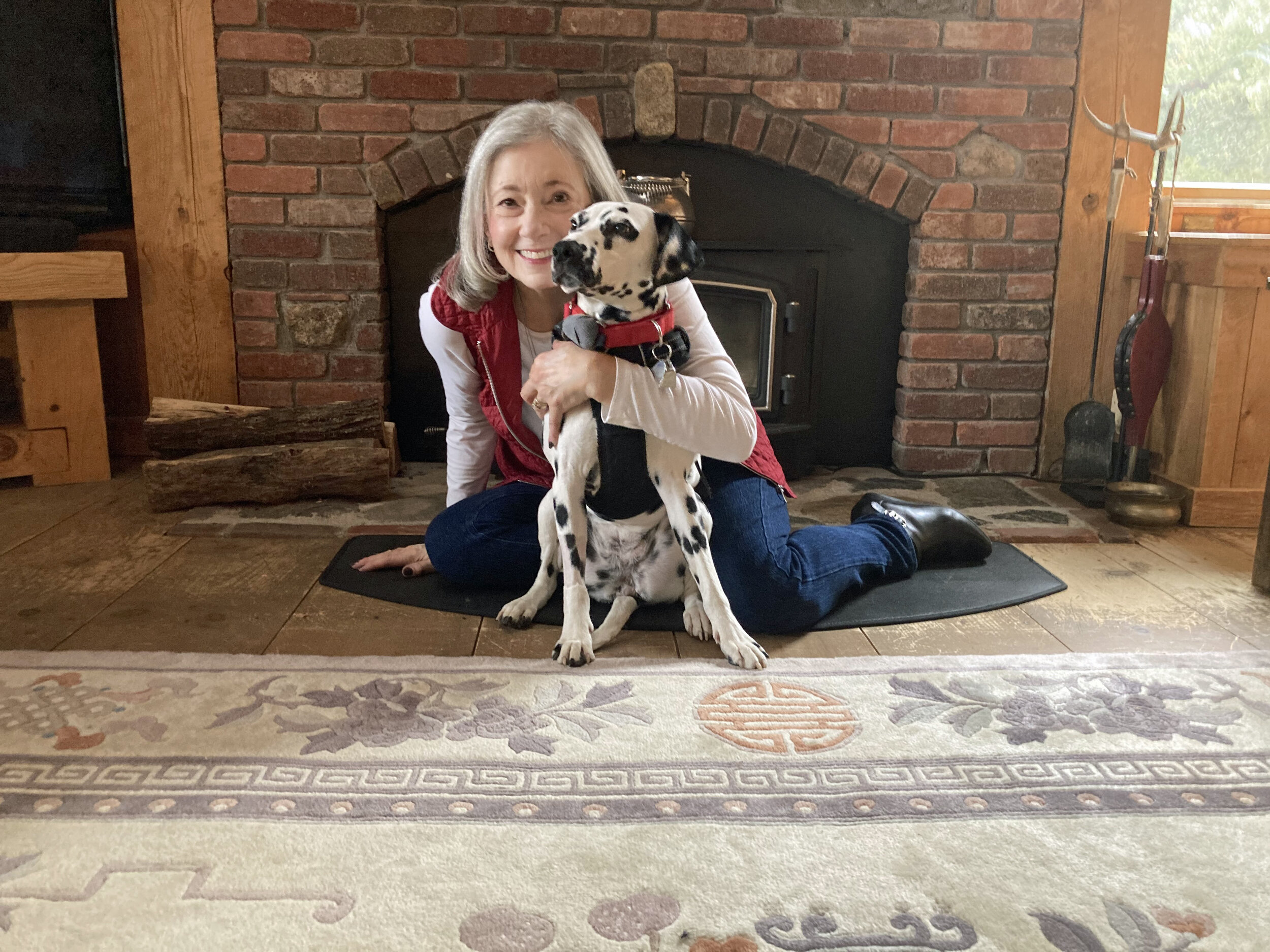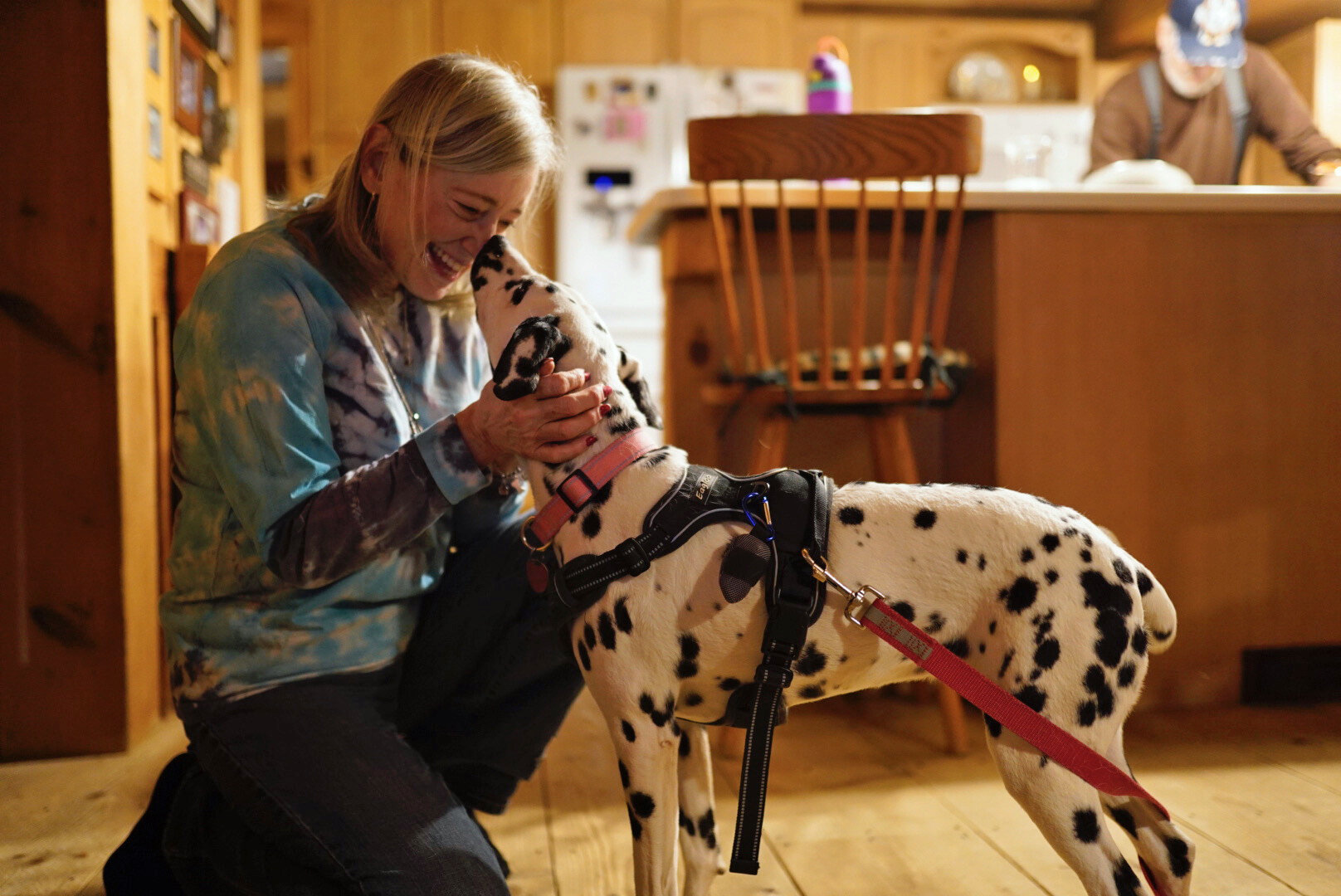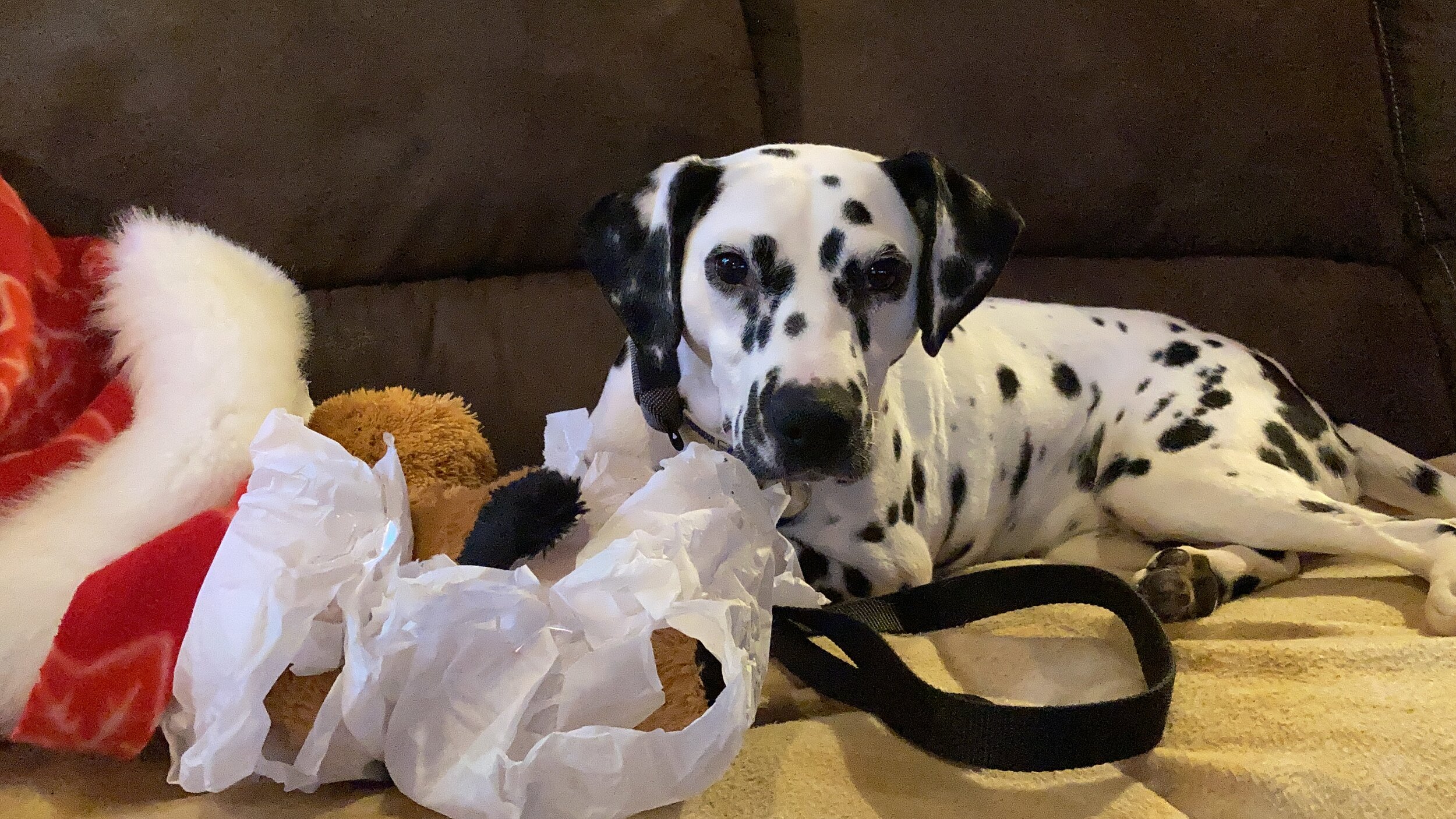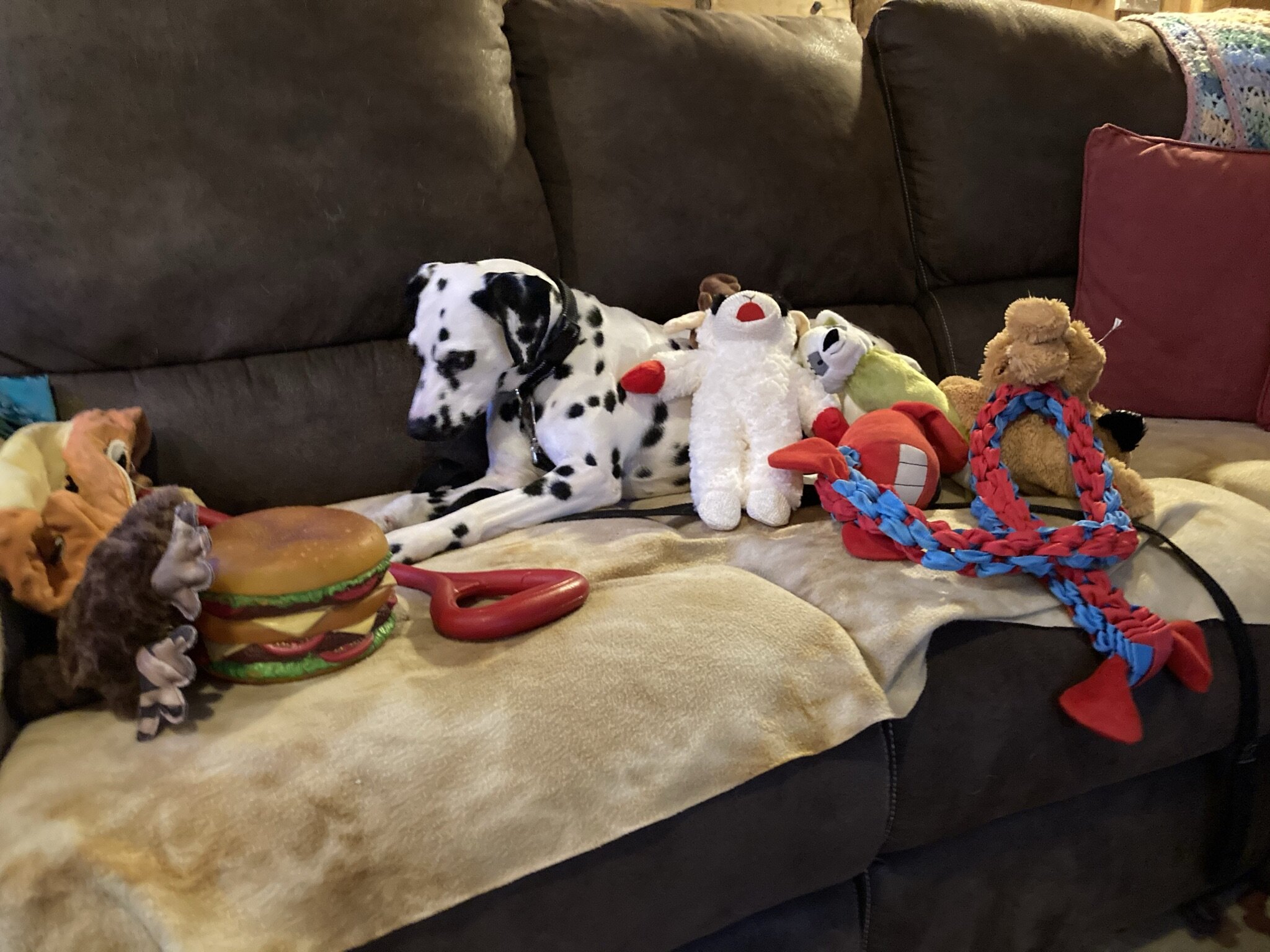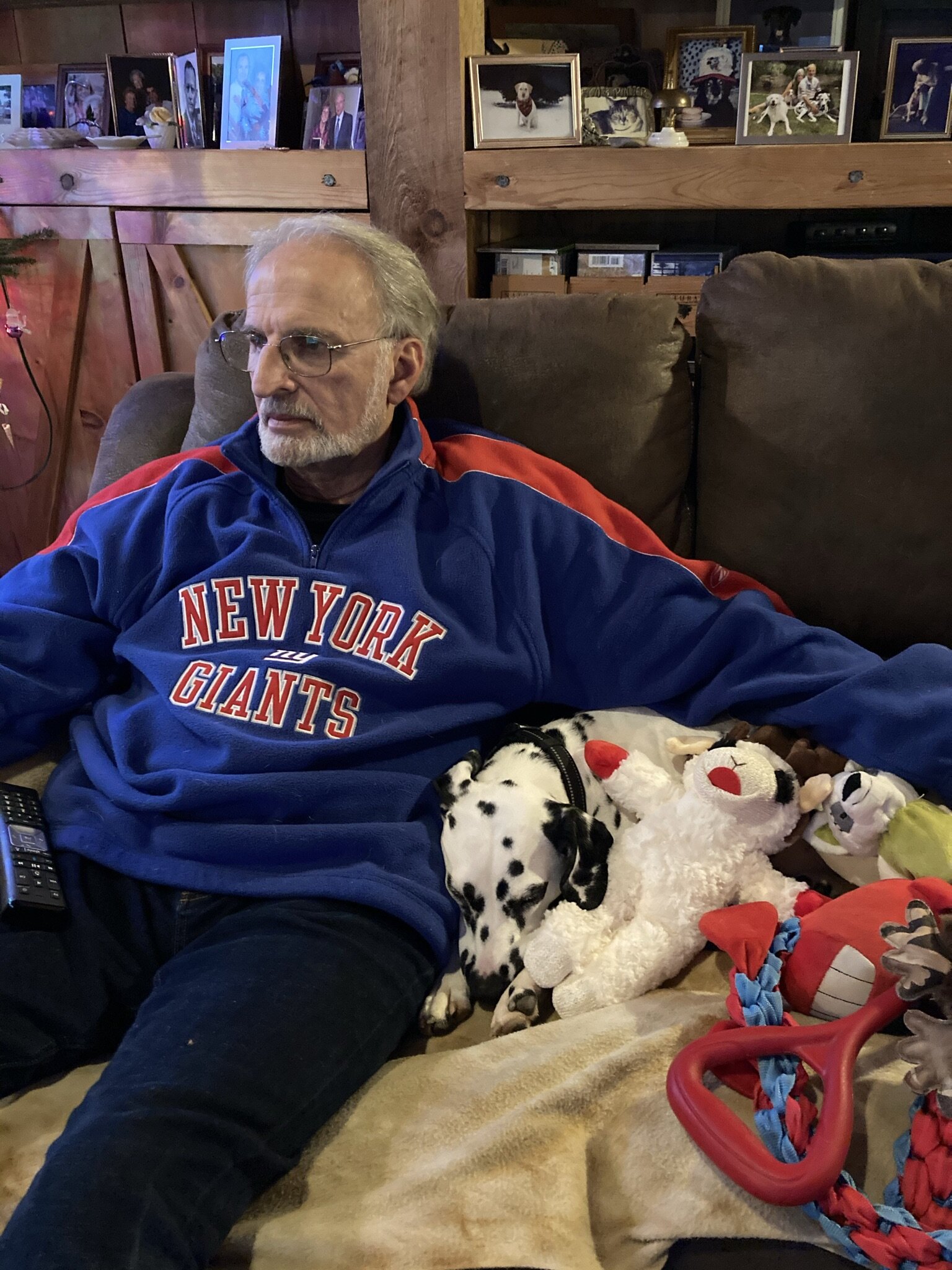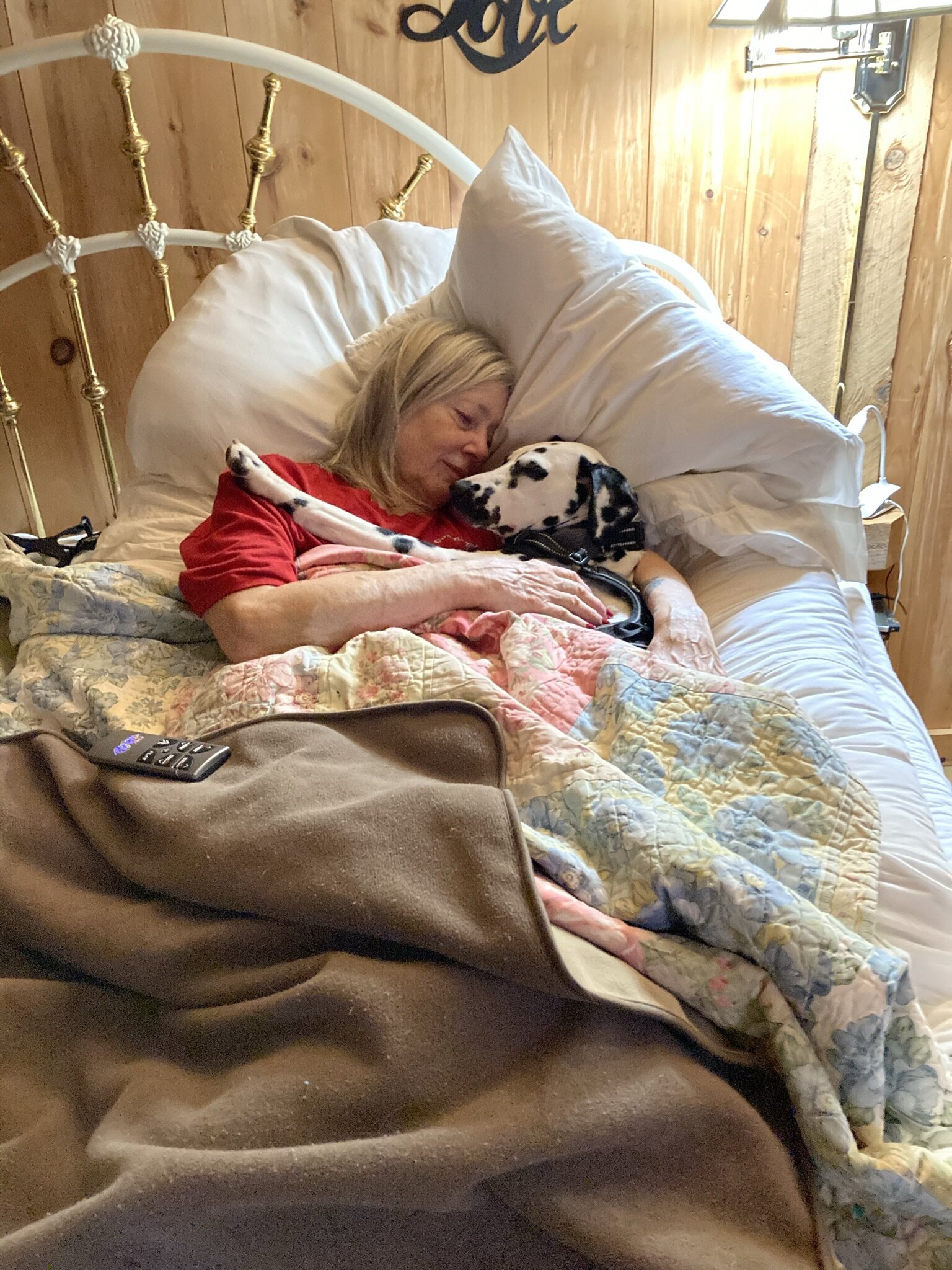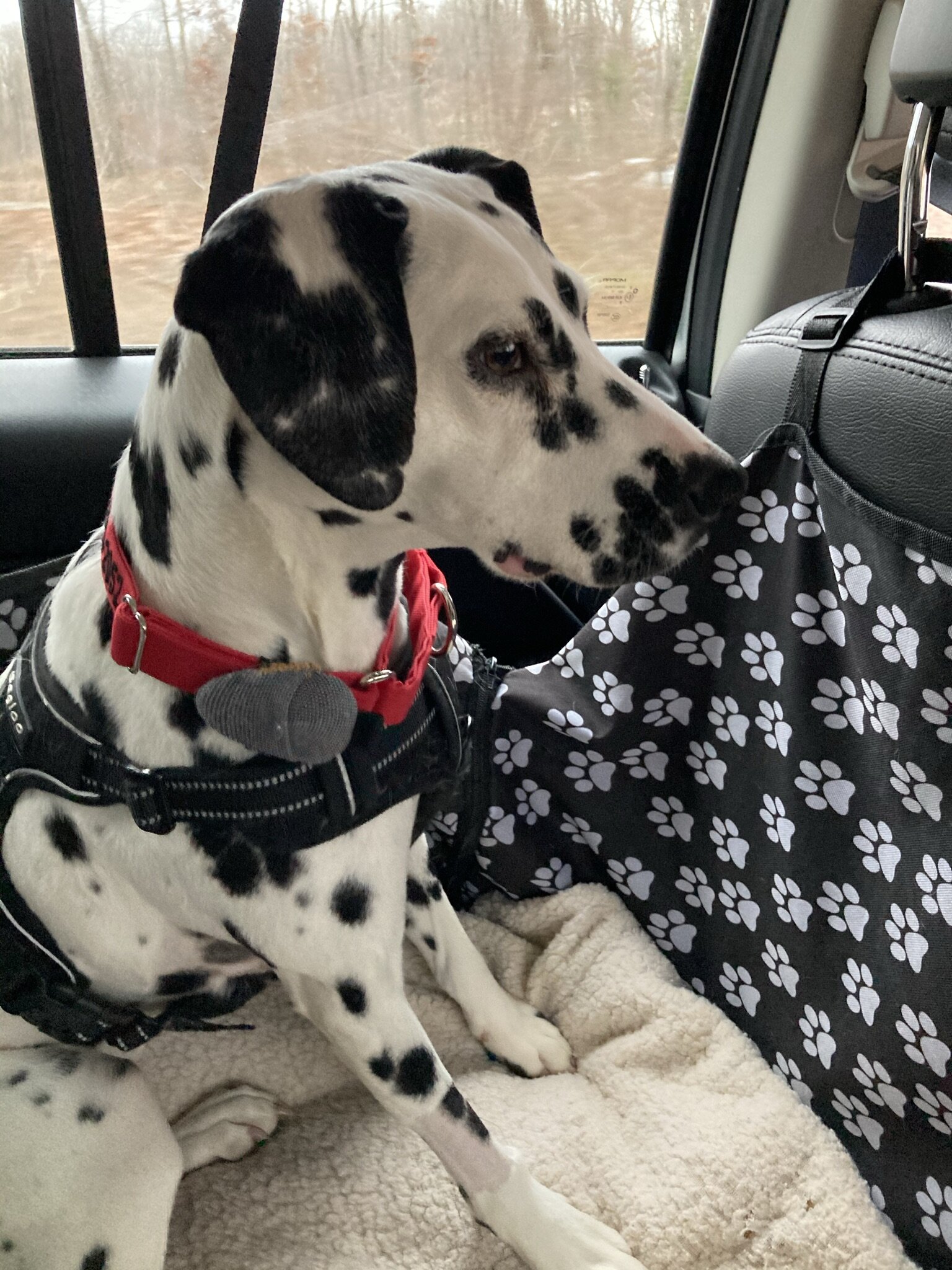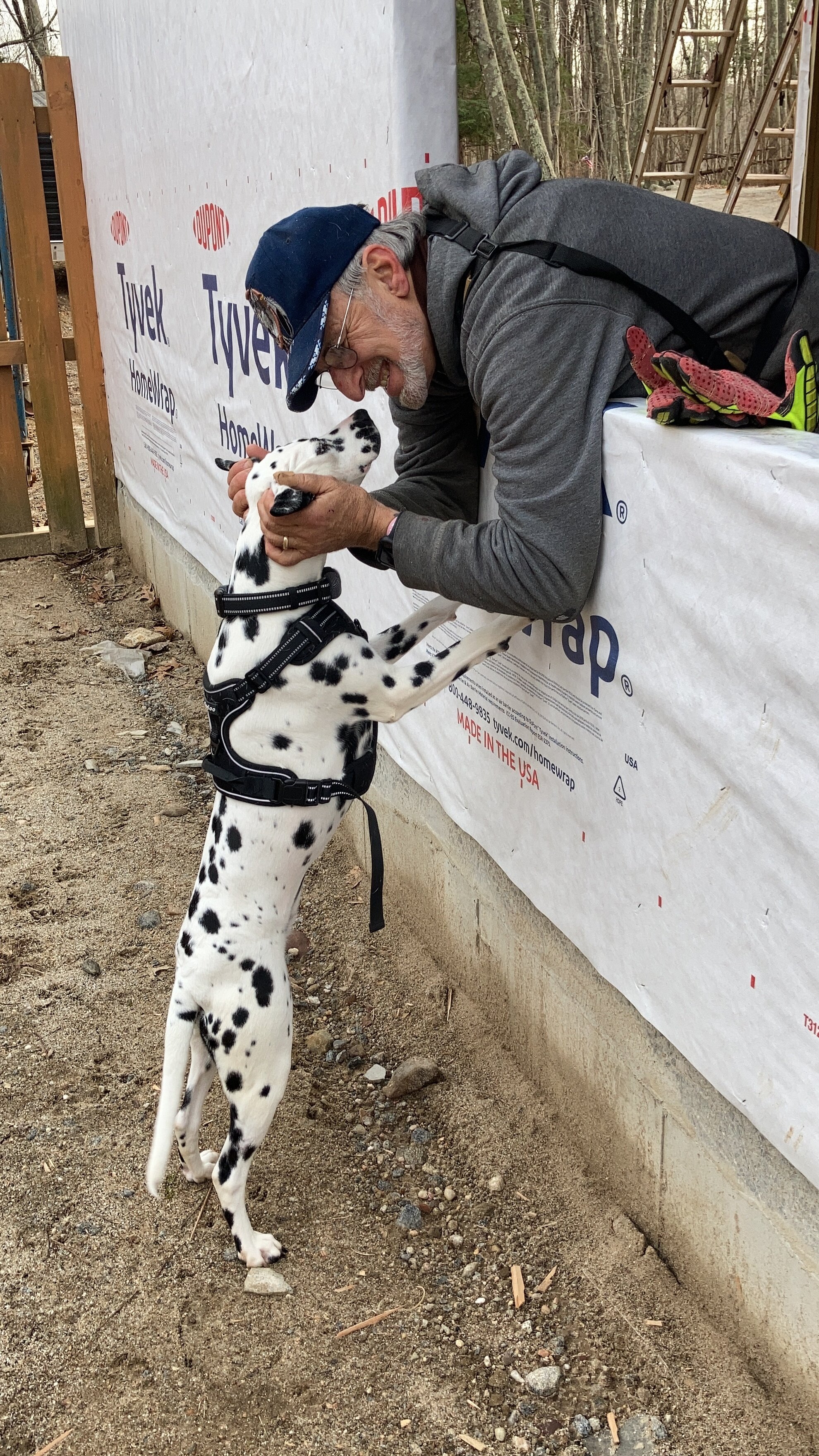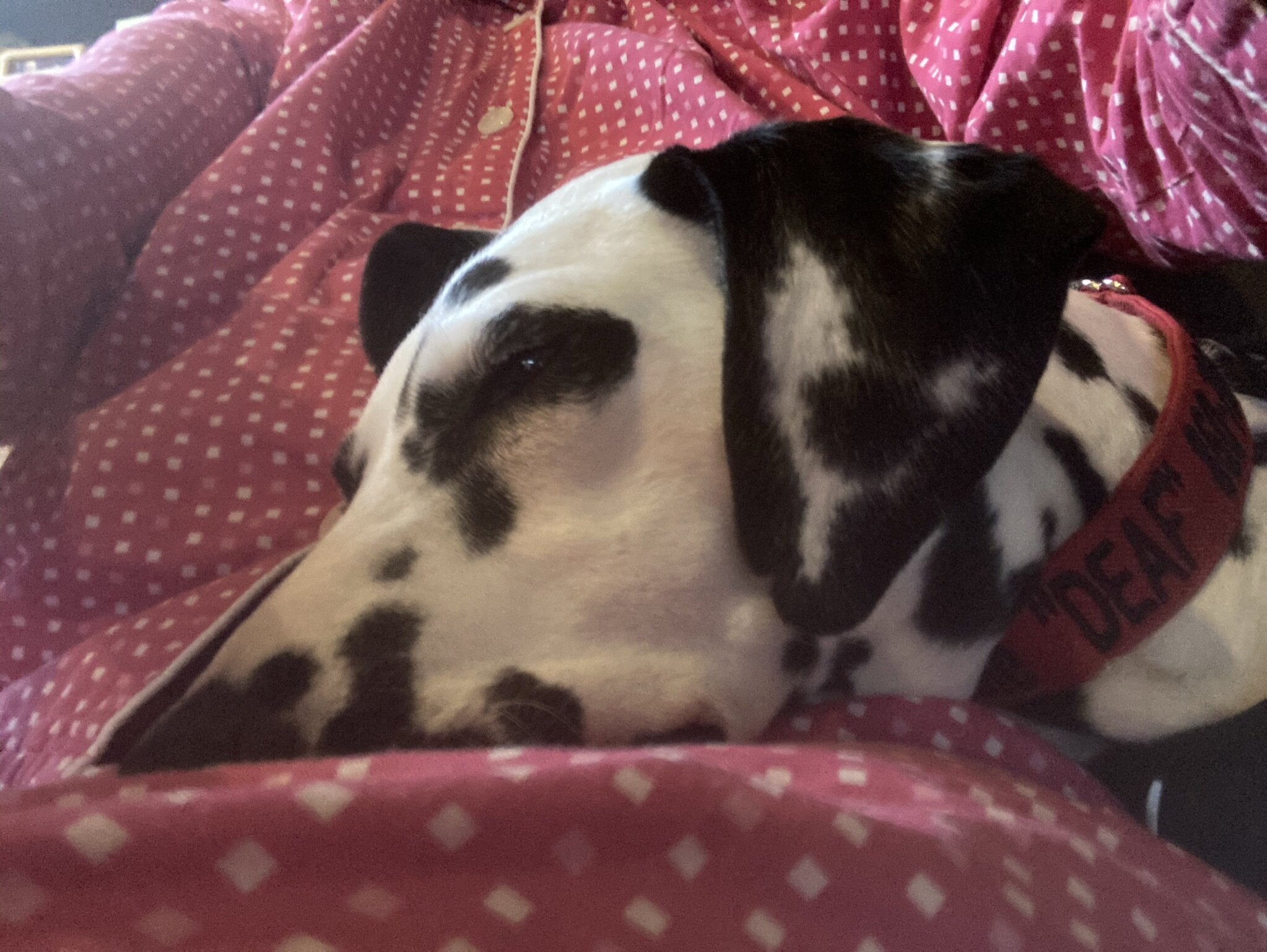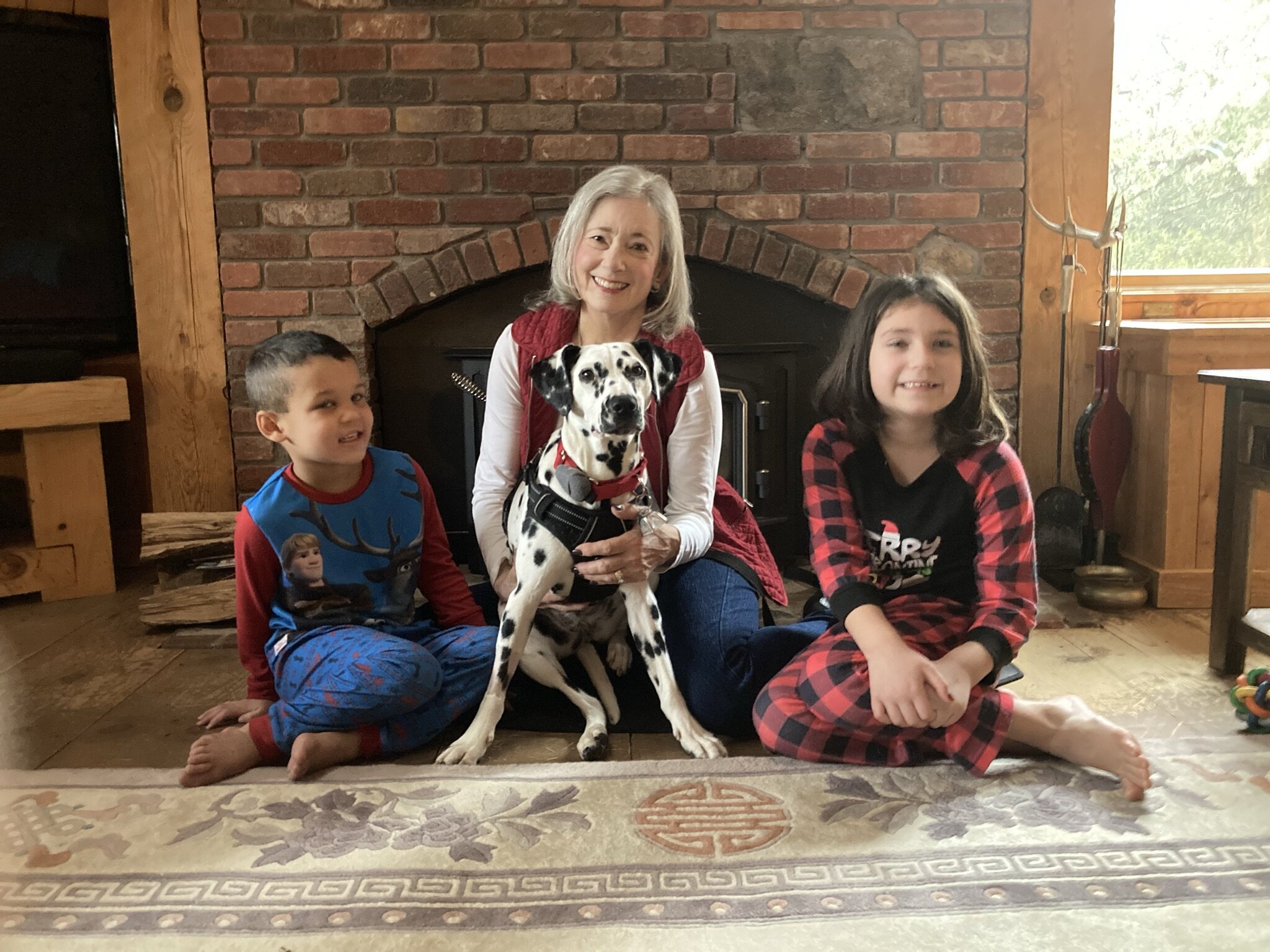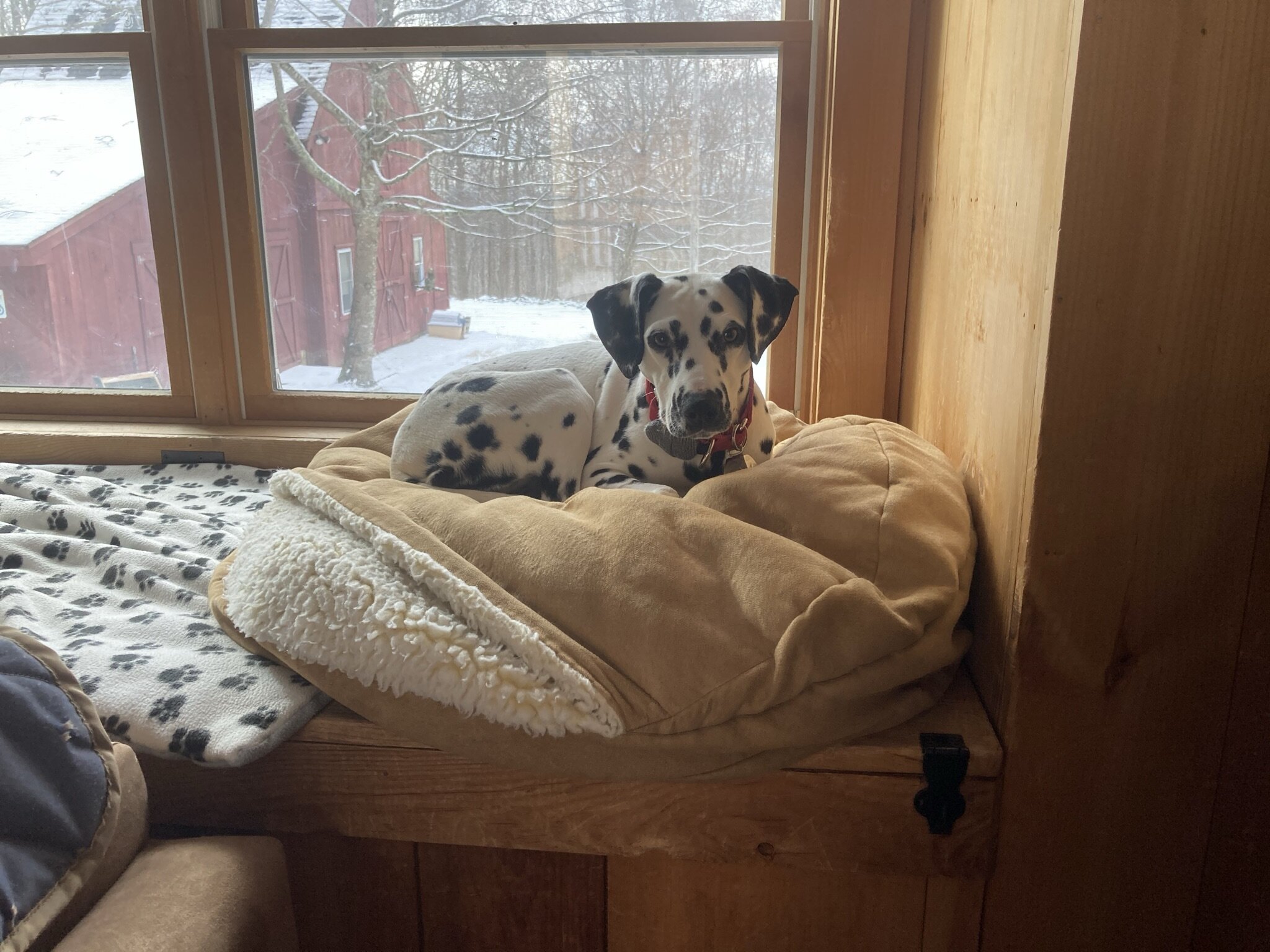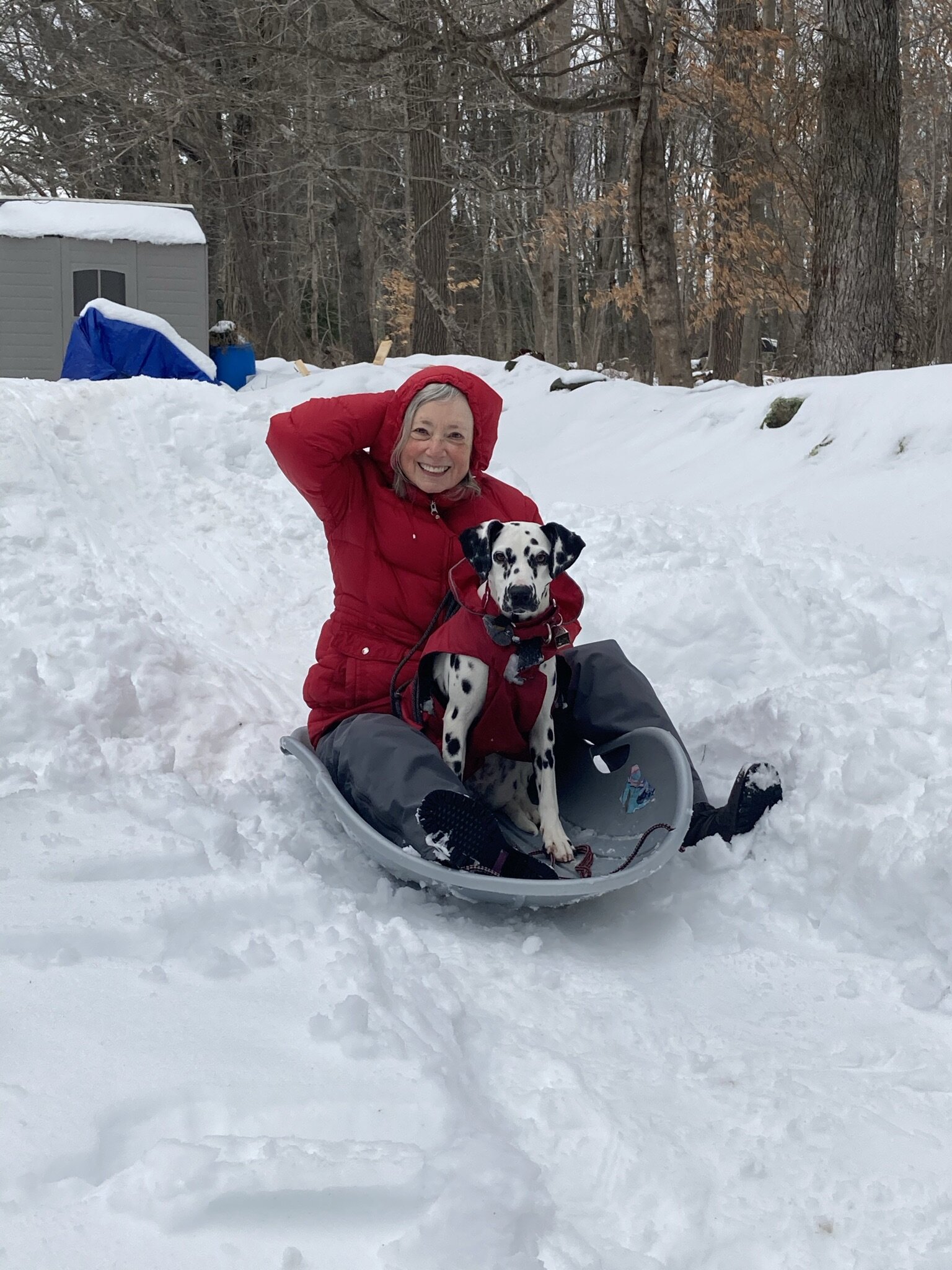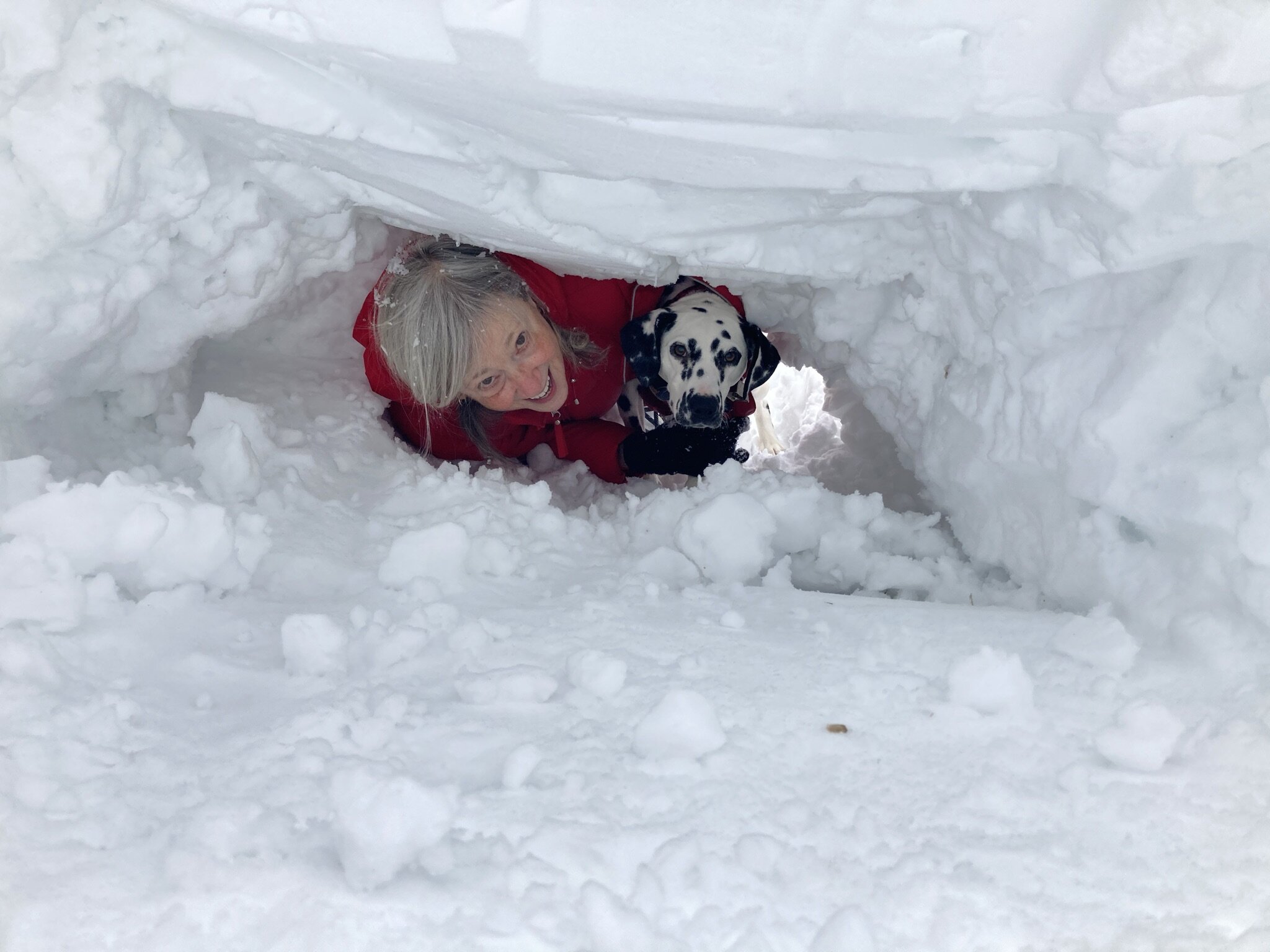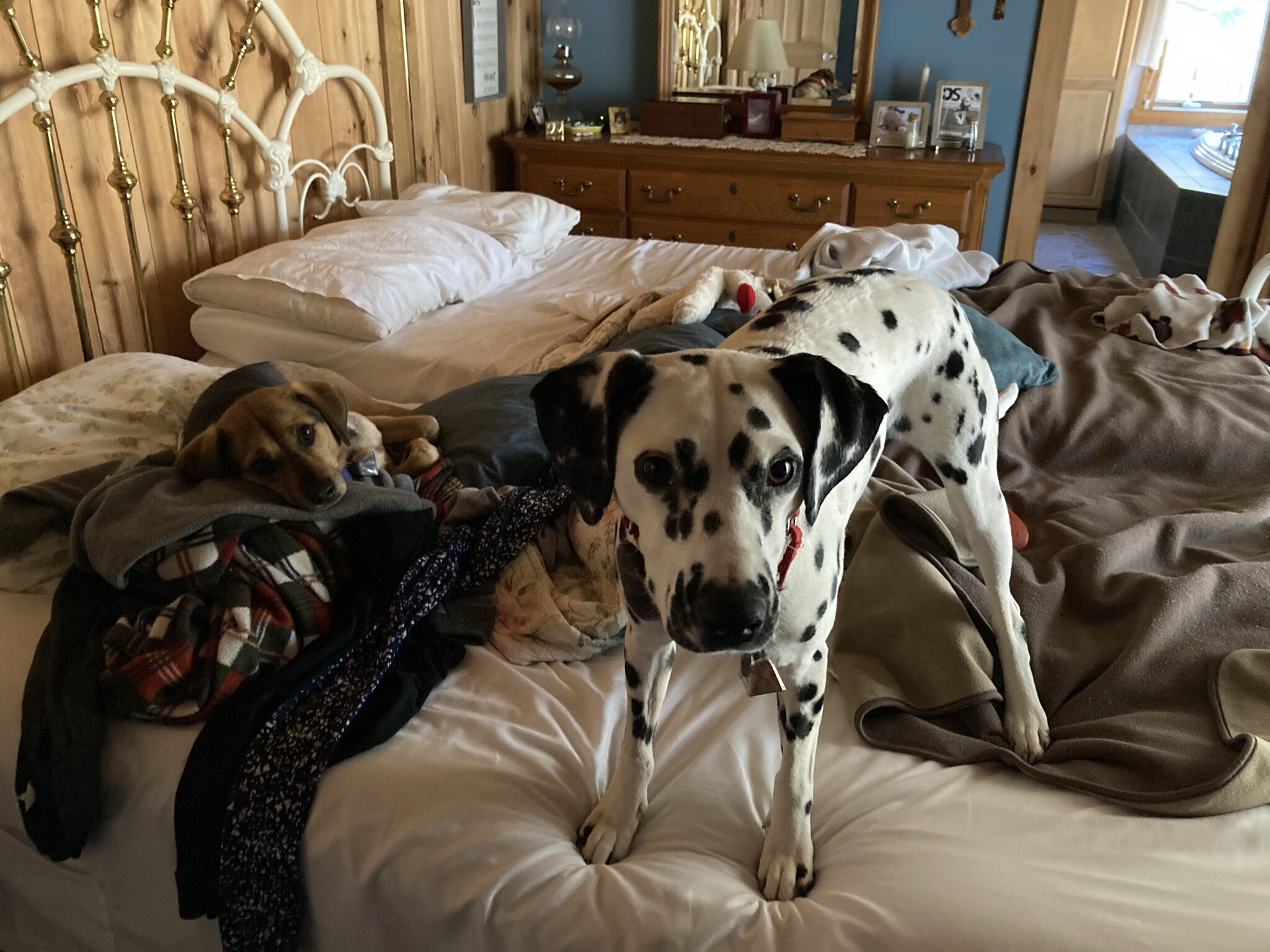Hogan was extremely fortunate enough to have met and been treated by Dr. Nicholas Dodman at the Tufts Small Animal Hospital in Massachusetts back in 1994. Hogan's success story flourished under his attentive and dedicated care. No stone was left unturned, and he remained in constant contact with us for months. His interest in Hogan peaked because of Hogan's deafness and ability to understand American Sign Language—Tufts' first dog to do so.
Our connection has continued, and I am honored that he has become a wonderful, loyal friend who has offered his invaluable gifts of knowledge and expert experience. So much so that he and his staff have graciously and generously permitted me to share the Center for Canine Behavior Studies (CCBS). Their studies reveal the newest results in viewing and addressing behaviors of our precious pups.
I believe that most of us have encountered or known a pup who displayed some kind or variation of aggression. Often, the reason and treatment of this behavior is a mystery, and we do our best to find some resolution. This latest report definitely helps shed pertinent light that will help our beloved dogs.
Journal of Veterinary Behavior
Available online 5 March 2021
"If veterinarians, behaviorists, and trainers avail themselves of the information gleaned from our study, we believe the awful problem of aggression will be more successfully addressed. This, in turn, will help keep dogs out of trouble and in their homes for life.
That was and always will be our goal."
- Dr. Nicholas Dodman CCBS President/CEO
The Center for Canine Behavior Studies, Inc. is proud to announce that the Journal of Veterinary Behavior: Clinical Applications and Research (Elsevier) has published their research paper titled, "An investigation into the effectiveness of various professionals and behavior modification programs, with or without medication, for the treatment of canine aggression". The paper was written by the CCBS team of Ian R. Dinwoodie, Vivian Zottola, and under the leadership of President/CEO Nicholas H. Dodman. The paper follows CCBS' award-winning paper "Demographics and Comorbidity of Behavior Problems in Dogs" published in the Journal's Volume 32, July–August 2019, Pages 62-71.
The study was constructed to address the most efficacious behavior modification programs, training equipment or technique to determine what approaches stand the best chance of success based on empirical evidence. The study investigated 963 dogs whose owners (n = 800) described as having at least one form of aggressive behavior.
"We were surprised to find that a significant number of aggressive dogs had medical problems underpinning their aggressive behavior. Lesson 1: Always check in with your veterinarian first," says President/CEO of CCBS, Dr. Nicholas H. Dodman, DACVB
The investigation into the effectiveness of various professionals and behavior modification programs, with or without medication, for the treatment of canine aggression
Highlights
• Fifteen percent of dogs brought to veterinarians for advice about behavior problems were found to have an underlying medical problem contributing to the dog's misbehavior.
• Behavior modifications were found to be the most consistently beneficial approach to treating all forms of aggression.
• Of the owners that sought help from a DACVB, a majority (81%) found the advice to be helpful for treating their dog's aggression.
Abstract
In this follow-up study we investigate a subset of 963 dogs whose owners (n = 800) described as having at least one form of aggressive behavior. We were particularly interested in learning which types of professionals, if any, were sought for assistance for the presenting behavior. Owners were also asked to indicate the resolutions employed, including training methods and equipment, behavior modification programs, behavior modification and training techniques, medications, and forms of alternative medicine. Using a self-reported questionnaire, both cohesive and dispersive aggressive behaviors were investigated including conflict aggression (CA), interdog housemate aggression (HA), fear aggression toward people (FA), fear aggression toward dogs (FAD), and predatory aggression (PA). Fifty-three percent of dogs with reported aggressive behaviors were mixed breeds. The study sample was 56% male, a majority (91%) of which were neutered. Most commonly, the dogs with reported aggressive behaviors were the sole dog in the household. Fifty-six percent of dogs were brought to at least one professional for remedial assistance. Of the owners that sought help from a DACVB, a majority (81%) found the advice to be helpful for treating their dog's aggression. Fifteen percent of dogs brought to veterinarians for advice about behavior problems were found to have an underlying medical problem contributing to the dog's misbehavior.
As far as training equipment was concerned, we found that anti-bark collars and muzzles decreased the probability for successful treatment of aggression. Thirty-six percent of dogs were exposed to behavior modification programs as a form of treatment and an association was found between employment of a systematic desensitization and counterconditioning for treatment of overall aggression. When employing behavior modification training techniques, response blocking was found to decrease probability for improvement when employed for treatment of fear aggression to other dogs and predatory aggression. Improved dog-owner communication, habituation, relaxation protocols, and short and frequent training sessions were the most consistently beneficial behavior modification techniques. At least one beneficial behavior modification technique was identified for each investigated form of aggression.
Twenty-one percent of dogs received medication as a form of treatment for aggression. Surprisingly, we failed to find any significant associations between treatment response and the administration of specific medications. When investigating alternative medicines, we found nutraceuticals to be helpful when treating overall aggression.


